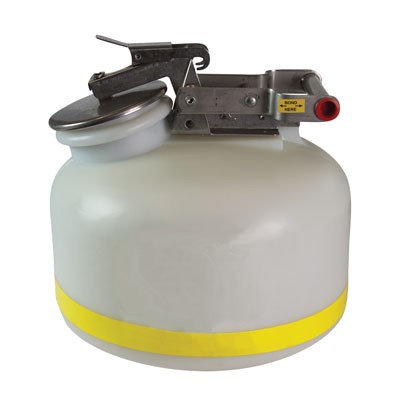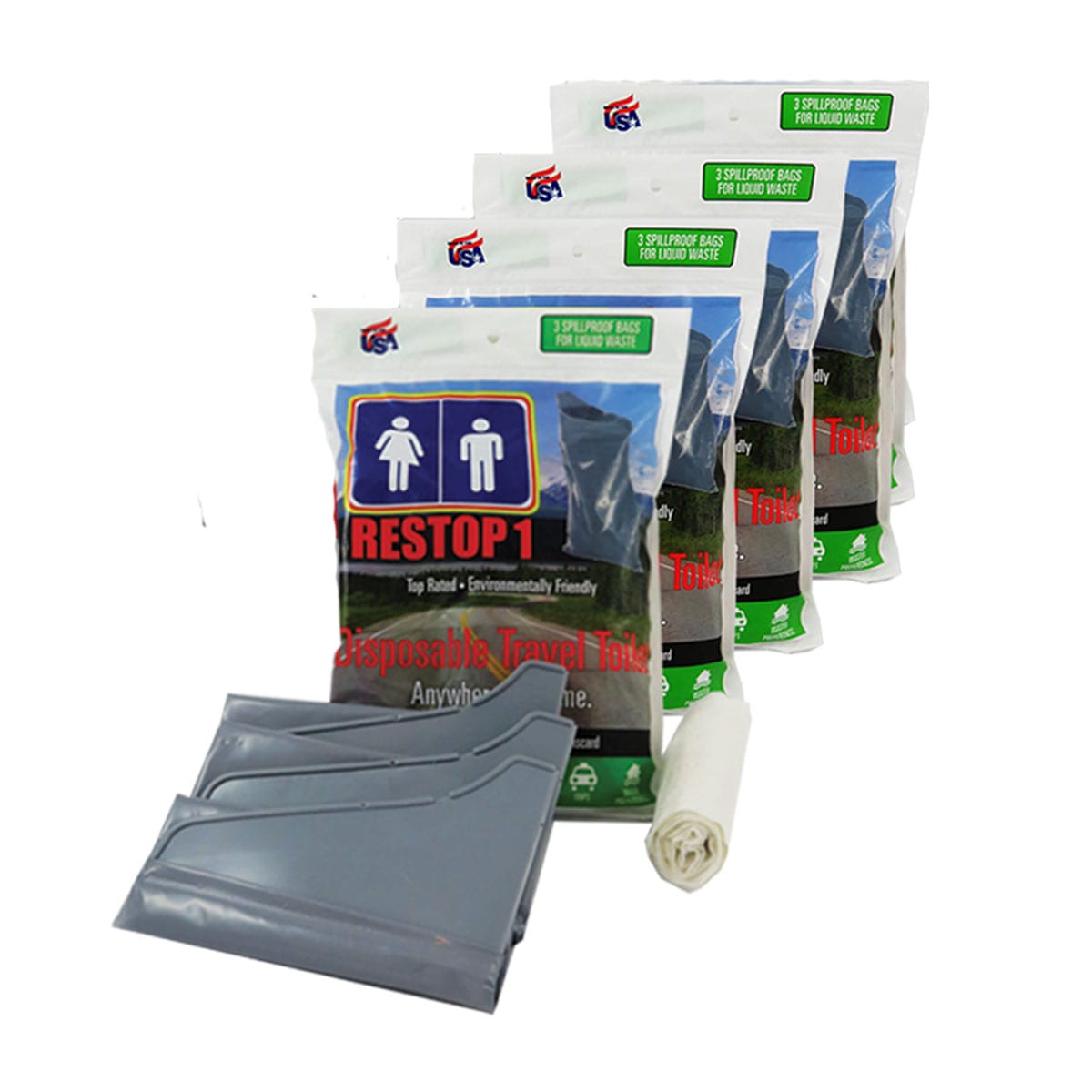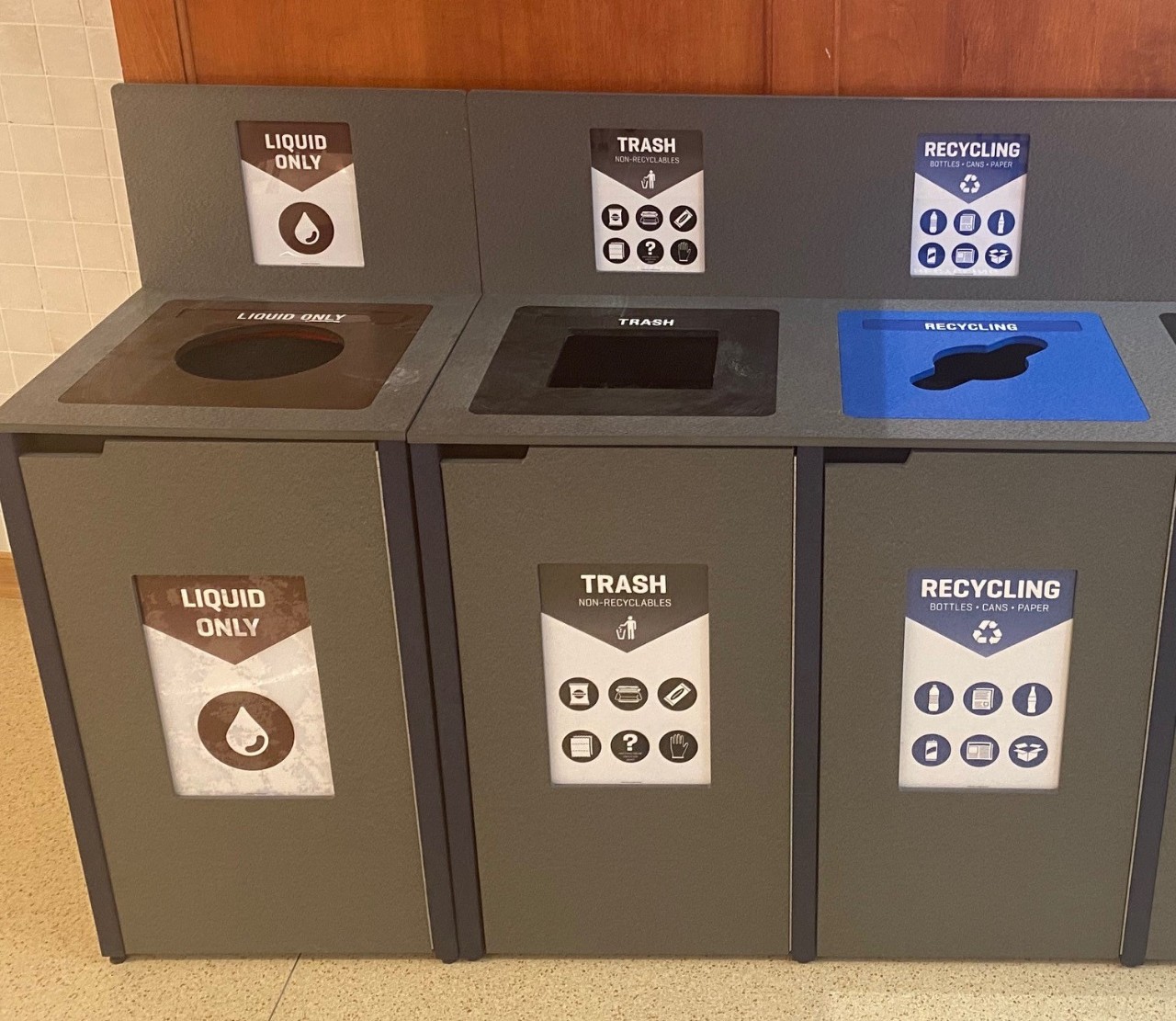Exactly How Liquid Garbage Disposal Functions: An In-depth Summary of Techniques and Technologies Used

Overview of Liquid Waste Types
The complexity of liquid waste types requires a detailed understanding of their characteristics and implications for disposal. Liquid waste can extensively be categorized into several types, consisting of industrial, community, agricultural, and contaminated materials. Each group displays distinct residential properties, needing particular management strategies to mitigate ecological and health and wellness risks.
Industrial liquid waste stems from producing processes and usually includes a variety of impurities, such as hefty steels, solvents, and organic substances. Local liquid waste, primarily consisting of wastewater from families and commercial facilities, has organic matter, nutrients, and virus (industrial wastewater treatment). Agricultural liquid waste, consisting of overflow from farms, might contain plant foods, pesticides, and pet waste, positioning risks to water high quality and communities
Hazardous fluid waste is characterized by its poisoning, reactivity, or prospective to cause damage. This category consists of substances like acids, bases, and specific chemicals that demand strict handling and disposal methods. Comprehending these varied fluid waste types is vital for developing efficient disposal methods and making sure compliance with environmental laws. Proper category and characterization are essential for carrying out ideal treatment methods and minimizing the unfavorable influence on public health and the atmosphere.
Physical Treatment Techniques

Screening is the initial action, where bigger bits and debris are removed from the fluid waste making use of screens or grates. In sedimentation tanks, larger fragments resolve at the bottom, creating a sludge layer, while the cleared up liquid can be further treated.
Purification is another crucial approach that entails passing the liquid through porous products, such as sand or membranes, to record smaller particles. This action enhances the top quality of the liquid, making it ideal for subsequent treatment procedures.

Chemical Treatment Techniques
Chemical therapy strategies are necessary for efficiently taking care of liquid waste, particularly in attending to dissolved and colloidal pollutants that physical methods might not properly get rid of. These techniques use numerous chemical agents to counteract, precipitate, or transform unsafe substances into much less damaging forms.
One common approach is coagulation and flocculation, where chemicals such as alum or ferric chloride are contributed to advertise the gathering of suspended bits. This procedure improves sedimentation, permitting easier elimination of the website here resulting sludge. In addition, oxidation processes, utilizing representatives like chlorine or ozone, are employed to break down complicated natural compounds and microorganisms, providing the waste more secure for discharge or further treatment.
Neutralization is one more essential technique, which adjusts the pH of acidic or alkaline waste streams to neutral levels, stopping possible harm to downstream systems and the atmosphere. In addition, progressed oxidation procedures (AOPs) make use of mixes of oxidants and ultraviolet light to degrade persistent pollutants, accomplishing a greater degree of treatment efficiency.
Organic Therapy Procedures
Biological treatment procedures play a vital duty in the monitoring of fluid waste by making use of microbes to decompose organic matter and decrease contaminant levels. These processes can be broadly categorized into anaerobic and aerobic treatments, each employing specific microbial communities to attain reliable waste destruction.
Cardiovascular treatment involves making use of oxygen to facilitate the breakdown of natural materials by microorganisms. This procedure is generally implemented in turned on sludge systems, where aeration storage tanks offer a favorable environment for microbial development, causing the oxidation of organic contaminants. The resultant biomass can be divided from treated effluent through sedimentation.
In comparison, anaerobic therapy occurs in the lack of oxygen, depending on different bacteria to damage down organic matter. This approach is especially beneficial for high-strength waste, as it creates biogas, an eco-friendly energy resource, while minimizing sludge production. Technologies such as anaerobic digesters are regularly click to find out more utilized in municipal and commercial applications.
Both cardiovascular and anaerobic organic treatments not just reduce the ecological effect of fluid waste however also assist in resource recuperation, making them necessary components of lasting waste administration approaches. Their performance, effectiveness, and flexibility support their prevalent implementation across various fields.
Emerging Technologies in Disposal
Ingenious strategies to liquid waste disposal are quickly advancing, driven by developments in innovation and a raising focus on sustainability. Amongst these emerging technologies, membrane bioreactors (MBRs) have actually gotten grip for their capability to integrate biological therapy with membrane filtration, resulting in top notch effluent that can be reused in various applications. MBRs allow smaller impacts and more effective operations compared to conventional systems.
One more appealing growth is using anaerobic food digestion incorporated with nutrient recuperation technologies, which not only treats liquid waste but also generates biogas and recovers valuable nutrients like nitrogen and phosphorus. This dual advantage boosts resource efficiency and reduces environmental influence.
In addition, progressed oxidation procedures (AOPs) are being taken on for the destruction of complex organic pollutants. These techniques use effective oxidants and drivers to damage down pollutants at the molecular degree, supplying a very reliable solution for challenging waste streams.
Furthermore, the combination of expert system and equipment understanding in waste management systems is maximizing functional efficiency and predictive maintenance, leading to decreased expenses and boosted ecological conformity. These technologies reflect a significant shift towards more sustainable and effective liquid garbage disposal methods.
Conclusion
In conclusion, efficient fluid waste disposal demands an extensive understanding of numerous techniques and technologies. By constantly progressing these techniques, it becomes possible to deal with the expanding obstacles linked with liquid waste, eventually contributing to ecological defense and source recovery.
Liquid waste disposal is an essential aspect of environmental monitoring, calling for an extensive understanding use this link of different methods and modern technologies tailored to different waste kinds. Fluid waste can broadly be categorized into a number of types, consisting of commercial, metropolitan, agricultural, and harmful waste. Agricultural fluid waste, consisting of overflow from ranches, might have plant foods, chemicals, and pet waste, posing risks to water quality and communities.
Different physical treatment methods play a vital function in managing liquid waste successfully - industrial wastewater treatment.In final thought, efficient liquid waste disposal necessitates a comprehensive understanding of numerous strategies and innovations
Comments on “Specialist Liquid Waste Removal Melbourne: Fast and Affordable Services”